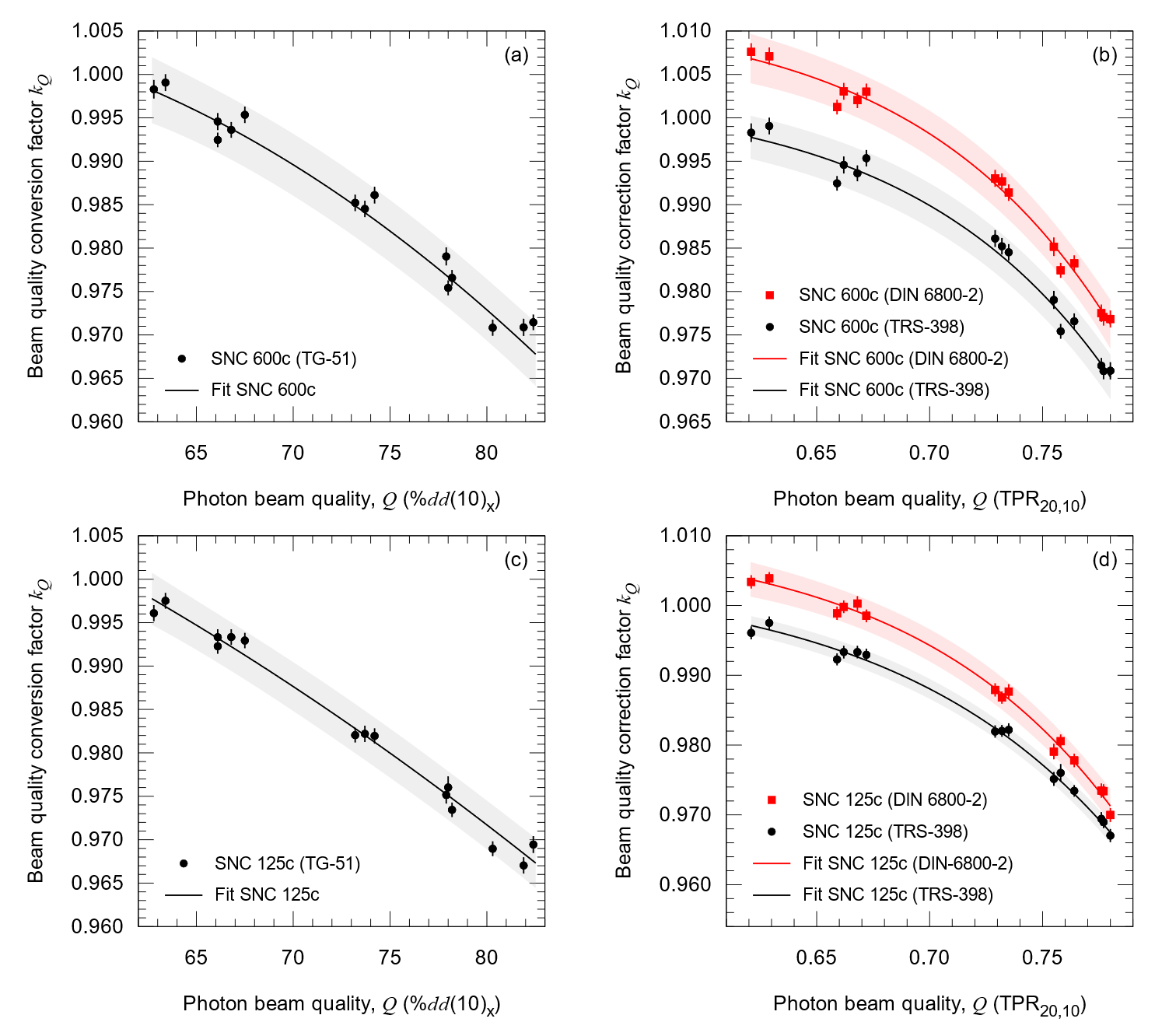Investigation on beam quality verification with a detector array in combination with quad wedges
Damian Czarnecki,
Germany
PO-1528
Abstract
Investigation on beam quality verification with a detector array in combination with quad wedges
Authors: Damian Czarnecki1, Mohamad Alissa1,2, Andreas A. Schoenfeld3, Veronika Flatten4,5, Klemens Zink1,5
1University of Applied Sciences, Institute of Medical Physics and Radiation Protection, Giessen, Germany; 2University Medical Center Giessen-Marburg, Department for Radiotherapy and Radiooncology, Giessen, Germany; 3Sun Nuclear Corp., research, Giessen, Germany; 4University of Applied Sciences, Institute of Medical Physics and Radiation Protection, Giessen, Germany; 5University Medical Center Giessen-Marburg, Marburg Ion Beam Therapy Center, Marburg, Germany
Show Affiliations
Hide Affiliations
Purpose or Objective
Multi-axis
ionization chamber arrays can be used for quality assurance and acquisition of
linear accelerator specific data. The multi-axis ionization chamber array IC PROFILER
(Sun Nuclear Corp., Melbourne, Florida) in combination with quad-wedge accessories
can be used to determine the beam quality specifier. In this work, we have
investigated the ability of the IC PROFILER to measure the photon beam quality specifier
%dd(10)x. For this purpose, a Monte Carlo based model of the
detector array was developed and compared against measurements at a clinical
linear accelerator (linac).
Material and Methods
A
Monte Carlo based model of the IC Profiler detector array with 251 cavities and
quad wedge accessories was developed in detail according to manufactory
drawings using the egs++ class library from the EGSnrc code system. The cross
sections of the developed model are presented in Figure 1. The calculated dose
distributions in principal Dp,x and Dp,y as well as diagonal directions Dd,p and Dd,n behind the wedges were investigated in a 6 MV
Elekta Precise radiation field to calculate the dose area ratio DAR:
DAR = (Dp,x + Dp,y ) / (Dd,p + Dd,n )
In addition to the
Monte Caro simulations, measurements were performed at a clinical 6 MV linac at
the University Medical Center Marburg, Germany. To vary the photon beam quality
of the Elekta 6 MV linac, the current of the bending magnet was adjusted.

Figure 1: Monte Carlo based model of the IC
PROFILER. A cross section with two of the four quad wedges is shown on the left
and a cross section through the chambers on the right. The cross sections are
not scaled.
Results
Figure 2 shows the Monte Carlo calculated dose
area ratio DAR as a function of %dd(10)x using linac head models with electron beam spot sizes
from 1 to 3 mm full-width-at-half-maximum (FWHM) with electron energies in the
range from 5.75 to 6.3 MeV. Figure 2 also presents the measured %dd(10)x
values as a function of DAR.

Figure 2: Calculated and measured dose area
ratio as a function of the beam quality specifier %dd(10)x for the
Elekta Precise 6 MV linac. Monte Carlo data calculated for different
electron beam spot sizes (FWHM) and electron energies.
Conclusion
A Monte Carlo based model of a detector array
with quad wedges was created to investigate the possibility of determining the
radiation quality from dose profile measurements. The measurements have
confirmed the Monte Carlo calculation data. According to the results from
measurements as well as from Monte Carlo simulations, a linear relationship between DAR and the beam
quality specifier %dd(10)x was confirmed with r²=0.90 for a Elekta 6
MV photon beam.